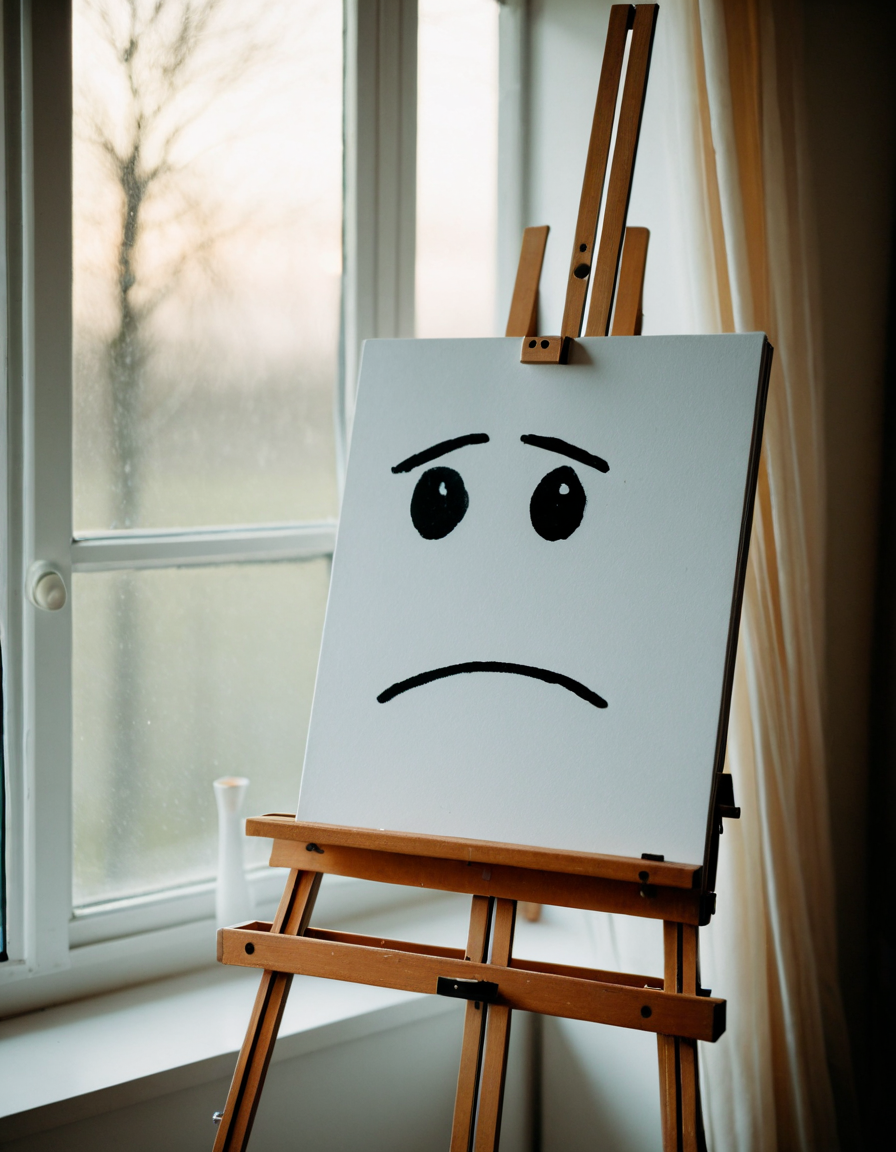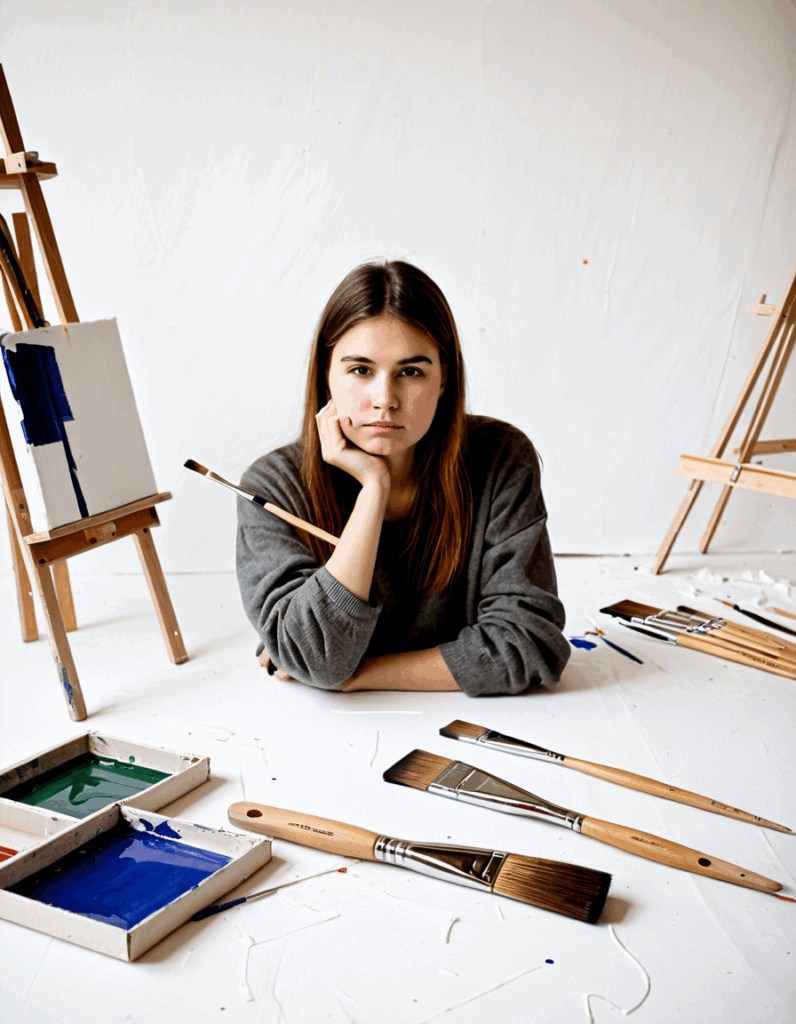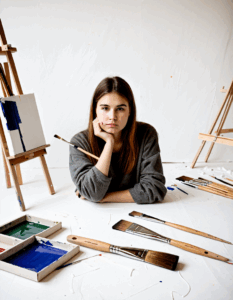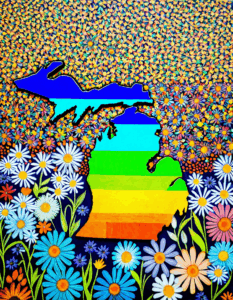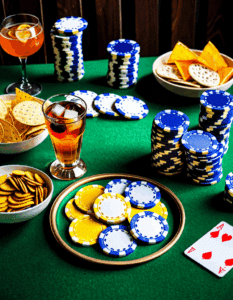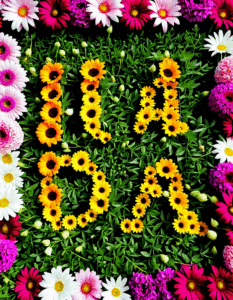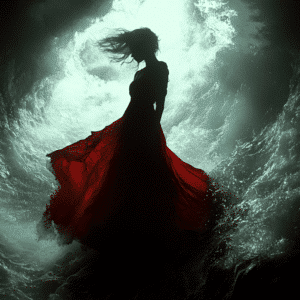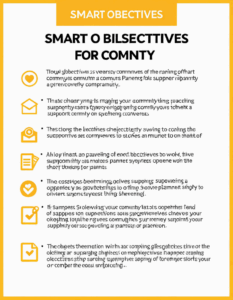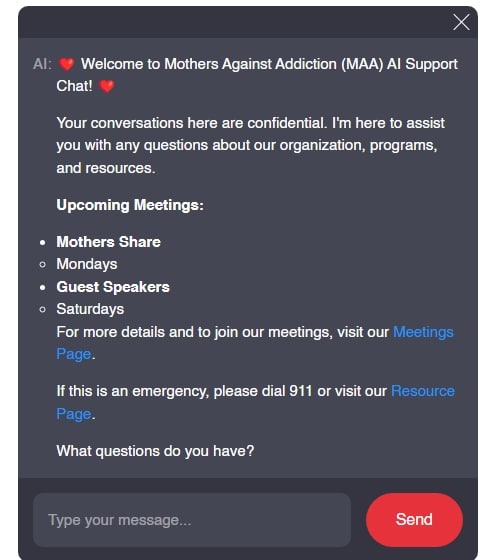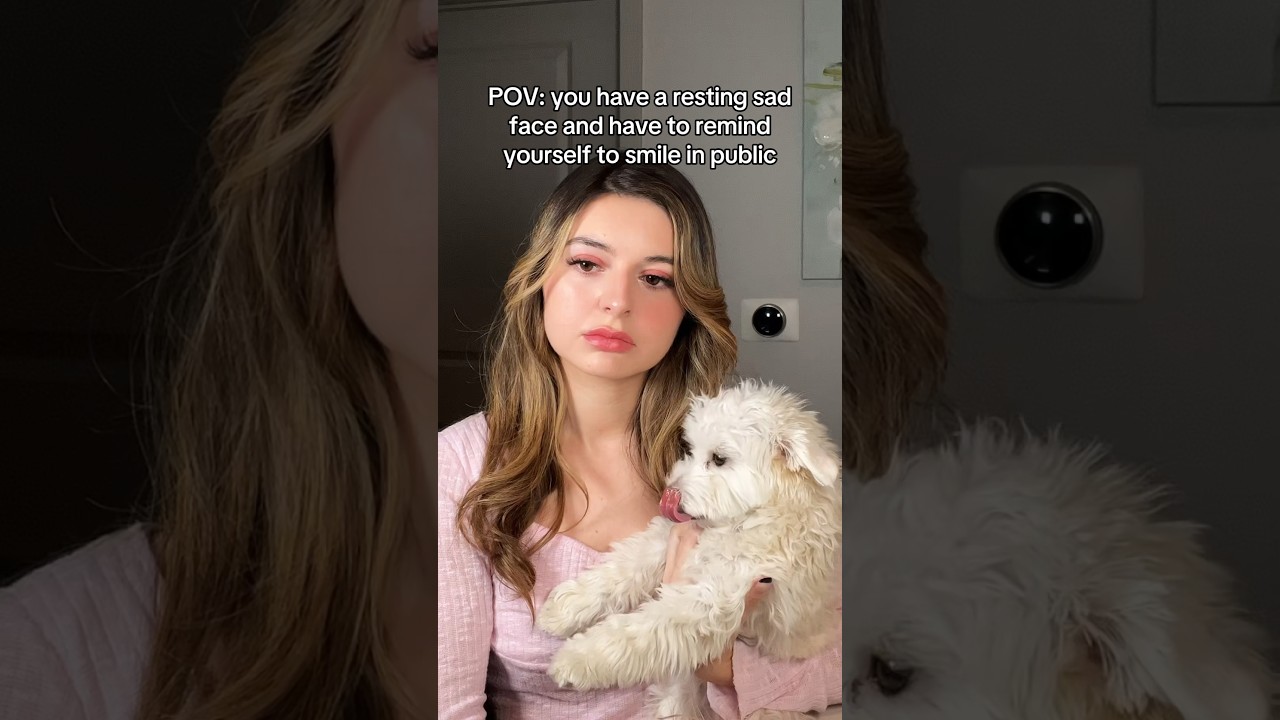
The Struggles Behind the Sad Face: Unpacking the Artist’s Dilemma
In art, the “sad face” often symbolizes deep emotional pain and vulnerability. Artists like Edvard Munch and Vincent van Gogh etched their struggles onto canvases, leaving behind legacies of both beauty and despair. But what’s often lost in these representations is the intricate reality many contemporary artists face. Mental health issues, addiction, and personal loss are just a few layers that add complexity to their narratives.
Despite the allure of creativity, artists frequently battle demons invisible to the naked eye. Addiction can take a toll that’s often hard to comprehend, translating into a “sad face” as they grapple not just with their work but with their well-being. This pervasive sorrow often permeates their art, revealing truths about human experience that many might overlook. For parents grappling with a child’s struggle against addiction, witnessing this narrative can be deeply troubling yet also recognizable—a testament to the shared human experience of pain.
The Toll of Addiction on Artists
Many artists turn to substances as both an escape and a muse. Similar to how addiction can decimate a career, it can also fuel creativity, manifesting in work that memorializes their struggles. For instance, renowned street artist Jean-Michel Basquiat created pieces that captured the swirl of his chaotic life, echoing the sentiment of a “sad face” as he navigated substance abuse and success. His works make us pause, reflecting not just his genius but also the grime of addiction.
As a parent, understanding these connections can be enlightening yet disheartening. It provides insight into the emotional terrain your own child might be walking. By fostering conversations about these artists, we cultivate awareness and encourage openness, allowing families to feel less isolated in their struggles.
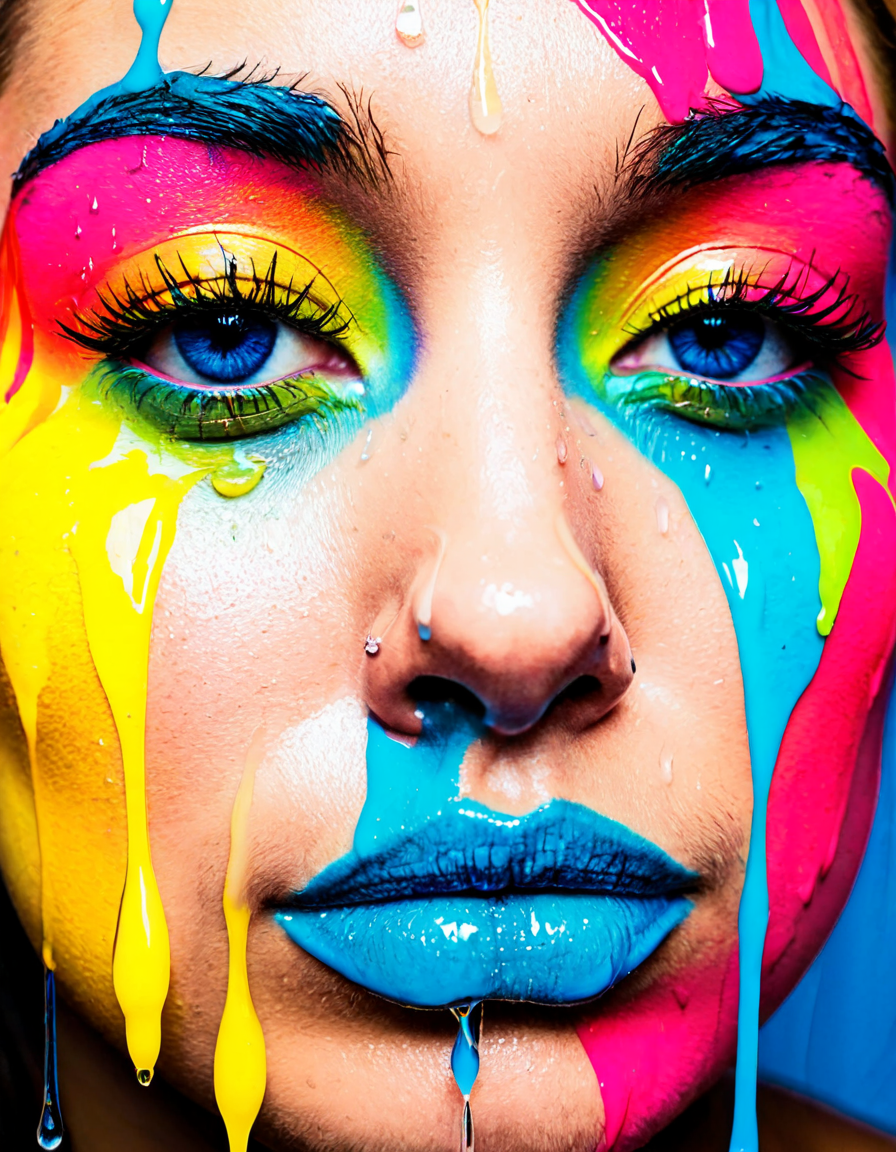
5 Heartfelt Stories of Struggling Artists Who Embrace Their ‘Sad Face’
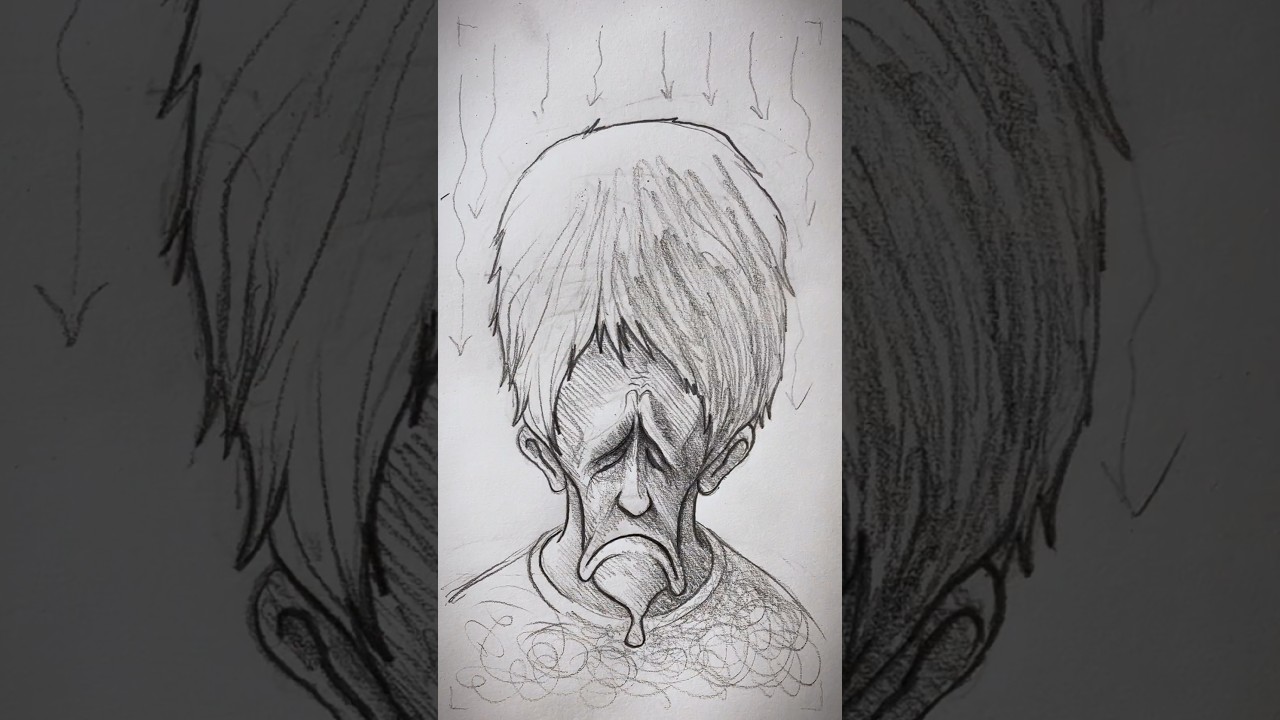
The Interconnection Between Art, Mental Health, and Addiction
The “sad face” isn’t just a reflection of sadness; it’s a powerful signal of deeper issues. Research indicates that approximately 39% of visual artists confront mental health challenges, significantly higher than the 25% found in the general population. This disparity underscores the common struggles many creative individuals face.
Furthermore, addiction often serves both as a source of creative inspiration and a destructive presence. The late artist Keith Haring showcased the duality of joy and sorrow through his work, creating vibrant murals that expressed happiness yet underscored the grief related to the AIDS crisis. This reveal can resonate loudly with parents aware of the delicate balance between life’s beauty and its challenges.
In groups like Mothers Against Addiction, the focus is on providing support and resources for families navigating similar paths. Whether a child experiences addiction or profound emotional strife, the conversations around art and its therapeutic nature often create a safe haven for sharing experiences, feelings, and paths toward recovery.
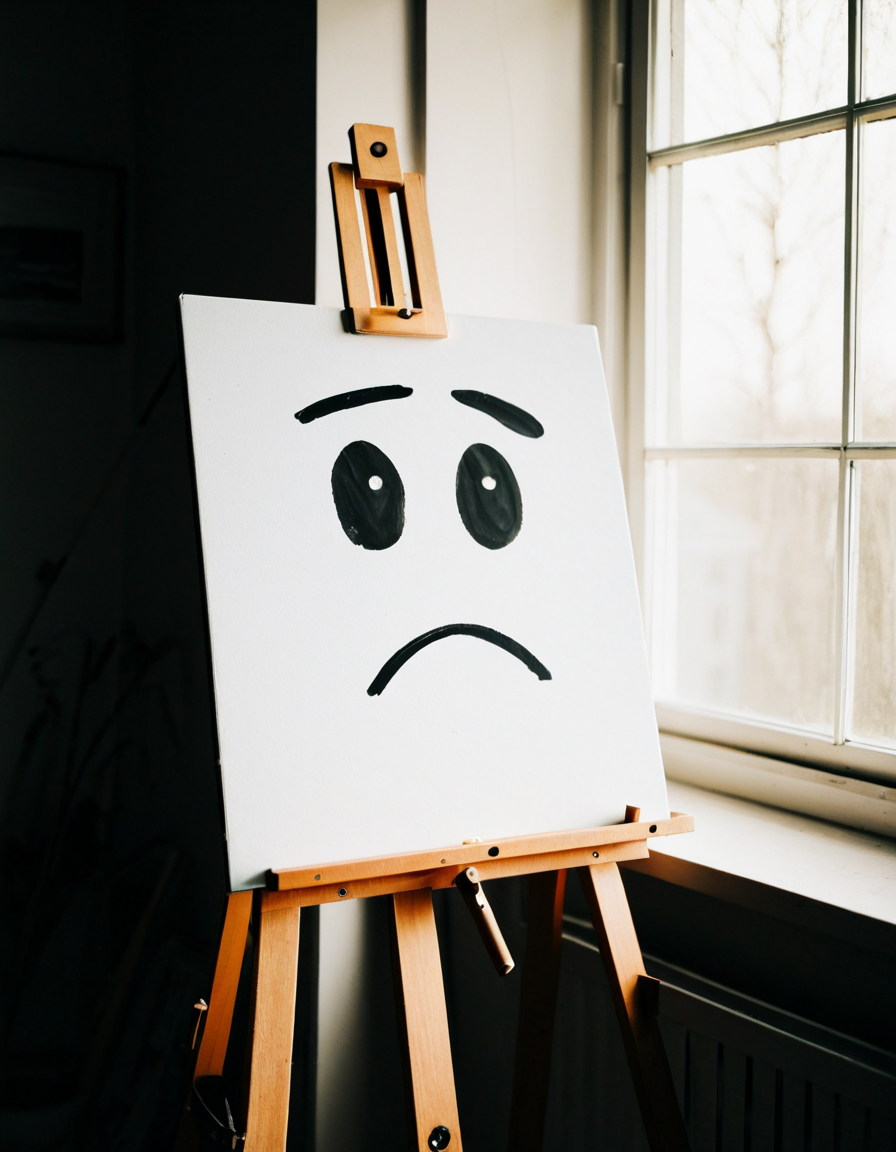
Reframing the Narrative: Finding Hope and Healing Through Art
Despite the often tragic narratives, there’s room for hope and healing. Various art therapy programs, such as “Art for Recovery,” offer individuals the chance to explore their feelings through creative means. Engaging in art not only allows for personal expression but also instills a sense of agency over one’s struggles.
Artists like Tracey Emin embody this transformational journey, channeling trauma into certified works of resilience. Her pieces encourage others to confront their own struggles, create dialogues about mental health, and inspire significant change in personal narratives.
Platforms like social media also foster positive community-building. Artists sharing “sad face” journeys alongside hashtags like #MentalHealthArt create spaces for empathy and connection, paving the way for newfound strength through shared trauma.
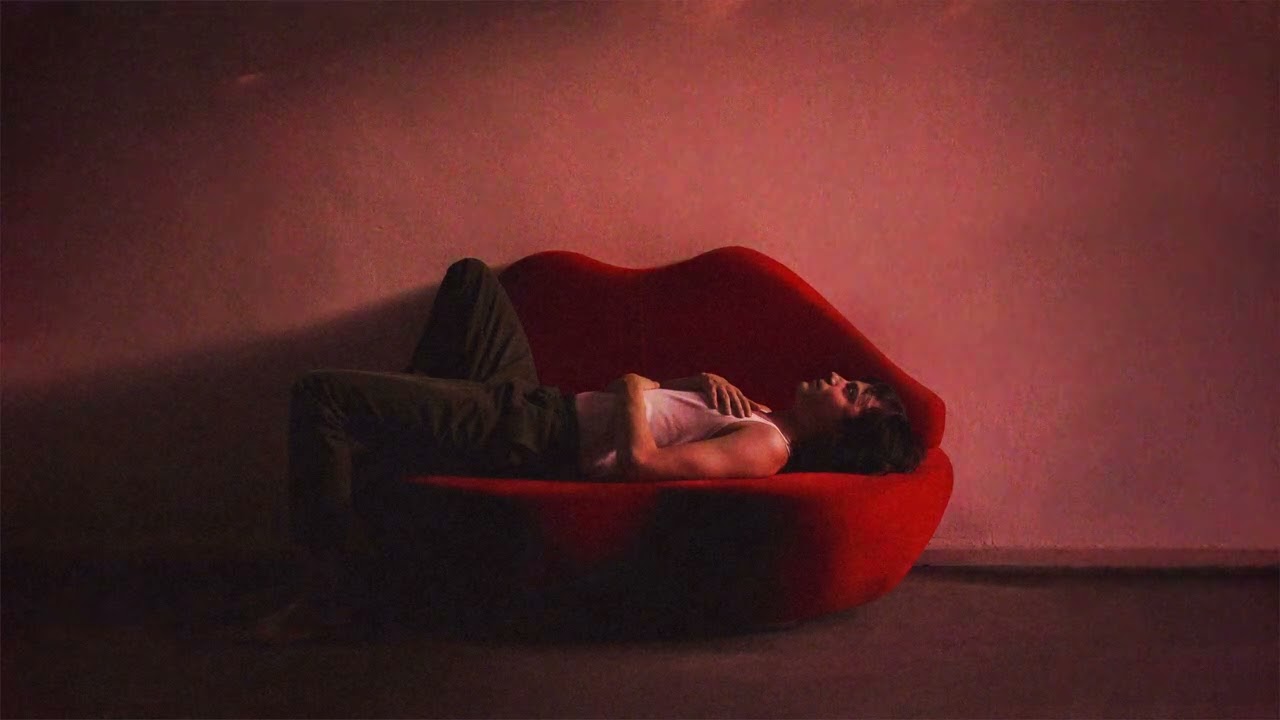
Cultural Shifts in Understanding and Supporting Artists
In recent years, society has begun to reassess the “sad face” of artists through mental health advocacy. Campaigns such as Mental Health Month champion awareness, urging communities to engage with the realities of emotional wellness in relation to creativity. Schools, workplaces, and public spaces are starting to recognize the importance of mental health and provide necessary resources.
Additionally, these cultural shifts in understanding lead to funding for mental health resources and support systems for artists grappling with addiction. Groups and shelters committed to nurturing creative talents without the threat of judgment or stigma actively contribute to resilience.
By embracing the full spectrum of emotions, we come to comprehend that the “sad face” signifies a journey of not just suffering, but also profound beauty, courage, and the possibility of healing.
In closing, whether through the lens of a parent or an artist, navigating the emotional landscapes of addiction and mental health can be daunting. However, identifying the layered stories behind the “sad face” allows for meaningful discourse, understanding, and ultimately, a path towards hope and healing.
To explore resources and connect with families experiencing similar struggles, visit Mothers Against Addiction. Together, we can transform stories of pain into powerful narratives of resilience and recovery.
Sad Face: A Journey Through Emotion and Expression
The Artistic Struggle Behind the Sad Face
It’s no surprise that a sad face resonates with many of us. Emotions captured in art can tell a story more vivid than words ever could. Did you know that using art as an outlet can be a powerful treatment for emotional challenges? Surprisingly, just as there are various strategies like those found in the latest treatment for covid, creative expression remains crucial for mental health. This interconnectedness of creativity and emotion helps reveal the deep layers of what we feel—a reminder that we all carry our own burdens.
But let’s pivot for a moment! Here’s a quirky fact: artists often channel their feelings into their work to convey messages about love, loss, or even social issues. Think about it; a custom made hopper might serve a practical purpose in manufacturing, yet utilizing contrasts and textures in art elicits profound emotions. It’s fascinating how the “sad face” in a piece can spark conversations about addiction and recovery—much like the significance of cannabidiol vs cbd in modern healing approaches. Both aim to ease suffering, whether it’s emotional or physical.
The Impact of Emotion on Art
As the story unfolds, you find that a sad face often represents the struggles artists face. These expressions can serve as mirrors, reflecting not just personal pain but collective experiences. Diving deeper into this topic, many artists might reference their own life’s ups and downs, just as individuals might look at popular menus, like the hteao menu, for inspiration during tough times. Food, art, and emotion all intertwine, illustrating different ways people cope and connect through shared experiences.
Interestingly, the journey doesn’t stop at mere expression. For those affected by addiction, stories of loss and recovery are poignant reminders of the fragile nature of life. Organizations like Mothers Against are dedicated to helping families navigate these emotional landscapes, championing a dialogue that echoes the heartache portrayed in the sad face. In this spirit, some may seek therapeutic changes, including access to mmj florida options, empowering themselves and others in the battle against addiction. The path of healing can lead to significant transformations, shining light on the hope and resilience found in even the darkest corners of our experiences.
In essence, the sad face encapsulates the raw human condition, representing struggles, stories, and ultimately, the power of healing artistry that remains vital for many. Remember, behind every sad face is an opportunity to foster dialogue, seek change, and pave the way for brighter tomorrows.
